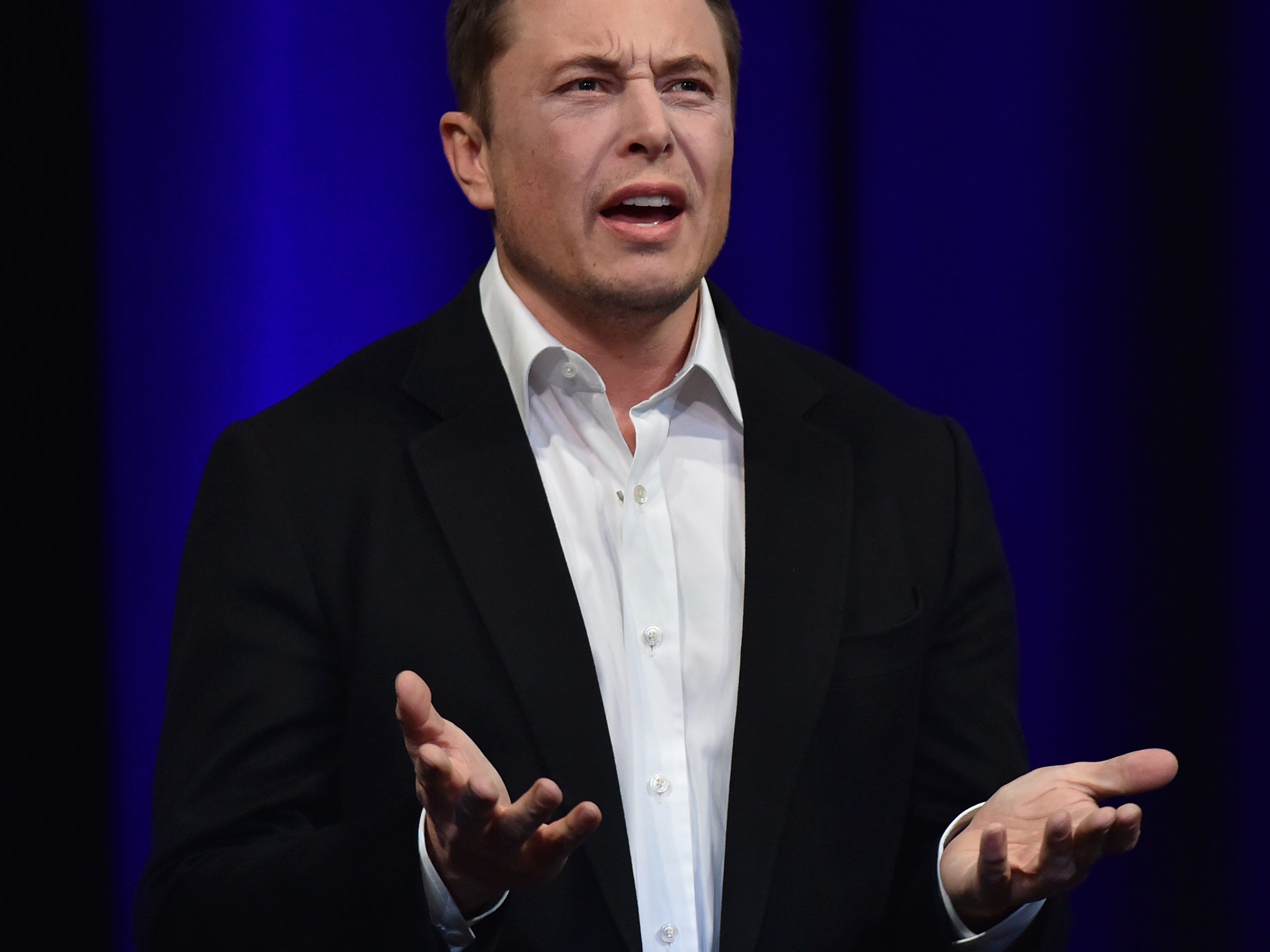PETER PARKS/AFP via Getty Images
- A new study by Edmunds suggests that the ranges of Tesla's cars fall below their EPA estimates.
- Tesla had disputed Edmunds' initial results, so it retested the cars – and got similar findings.
- Some models don't meet the estimate even when its safety buffer is included.
- See more stories on Insider's business page.
The real battery ranges of Tesla's electric vehicles fall below their official EPA estimates, according to a new study by Edmunds.
For some models, this remains the case even when a range of caveats are met, including the cars' safety buffers.
In February, Edmunds tested a range of electric vehicles from makers including Tesla, Ford, and Volkswagen against their EPA-estimated range. Though Tesla's Model 3 Long Range came out on top overall, Edmunds found that each of the five Teslas it tested failed ultimately to hit their estimates.
Tesla then directly got into contact with it to dispute the results, Edmunds said.
Read more: Elon Musk's mastery of memes proves Tesla will never have to pay for traditional marketing
Tesla told Edmunds that the full range of its vehicles' batteries was not being accounted for because Edmunds hadn't included the safety buffer, which are the additional miles a car can travel even after it indicates it's reached zero range.
Tesla told Edmunds that if it included the safety buffer and drove the cars until they could physically move no longer, its vehicles would match the EPA figures.
So Edmunds retested the vehicles.
Edmunds first tested the cars on a testing ground, because "driving a group of EVs to a stop on a public road is far from advisable," it said.
It tested a 2020 Model 3 Standard Range Plus, a 2021 Model 3 Long Range, and a 2020 Model Y Performance, alongside two control vehicles from Ford and Volkswagen.
Edmunds said that range meters often take recent driving habits into account when forecasting remaining range, so it set a range of control criteria.
These included charging the vehicles to 100% overnight, setting the cars' climate control to the same temperature and keeping the audio systems off to conserve power, and driving at a constant speed of 65 mph - the average speed limit for urban interstate highways in the US.
Edmunds measured how far each vehicle could go until its battery completely stopped, which it said was the basis of Tesla's challenge.
But Edmunds also measured how far each car could drive after it reached an indicated zero miles while still maintaining 65 mph, which it classed as a "more realistic endpoint."
"If a vehicle isn't able to maintain a safe highway speed (65 mph) on a flat road like at our test facility, then it's probably unsafe to be on public roads," Edmunds wrote in its analysis.
Edmunds then tested the 2021 Model 3 Long Range and 2020 Model Y Performance on its own standardized test route, which is 60% city and 40% highway. Edmunds said it expected the vehicles to have a bigger safety buffer range on this route, because most electric vehicles are less efficient at highway speeds than in the city.
But Edmunds said it was surprised to find that both Teslas actually had shorter buffer ranges in the second test.
Tesla told Edmunds that "the buffer cannot be defined exactly to a number every time." Its engineers said that the buffer changed based on external conditions and driving style.
The engineers also said the range remaining is a software estimate, and that these are conservative "so there's always some energy left to help get drivers to the next charging point when needed."
Edmunds concluded that the 2021 Model 3 Long Range and Tesla Model S Performance do meet their EPA range estimates in real-world conditions, but only if they meet caveats such as being driven beyond the point where the indicated range drops to zero and without too many extra facilities using its power, such as strong climate settings. Edmunds also found that the cars would only reach their range if they're charged to 100% battery capacity - which it said Tesla does not recommend for daily use.
Even under these conditions, the 2020 Model 3 Standard Range Plus, 2020 Model Y Performance, and 2018 Model 3 Performance wouldn't meet their EPA targets, Edmunds said.
The 2020 Model Y Performance, for example, has an EPA-estimated range of 291 miles. In Edmunds' initial test in February, its range to indicated zero was actually 263 miles - 28 miles less. On the testing ground, it only traveled a further 12.6 miles after reaching indicated zero range. On Edmunds' test loop, which has more city conditions, it traveled a further 11.1 miles.
Edmunds added that many drivers wouldn't expect an electric vehicle's buffer range to be included in the EPA's range estimate, and that it's difficult to know how much extra range there is beyond an indicated zero. Edmunds also said that using a car's buffer range regularly could increase charging time and potentially run down batteries quicker.


